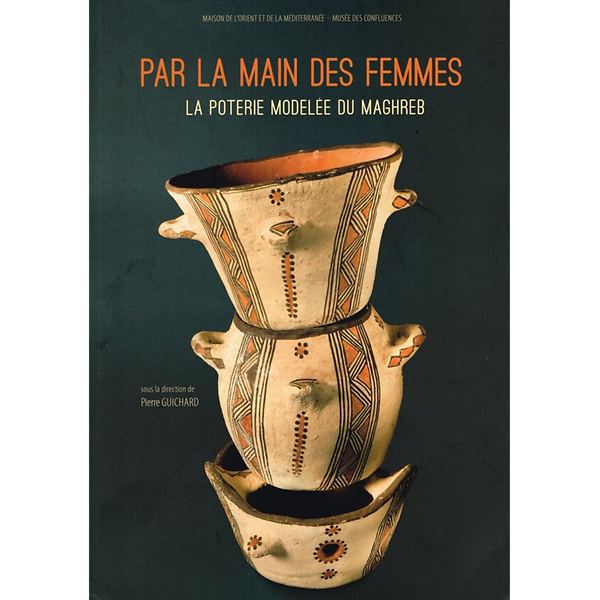By the hand of women. Maghreb shaped pottery
9782356680419
Sold by Musée des Confluences
Description
By the hand of women - Modelled pottery from the Maghreb of remarkable aesthetic value, modelled pottery from the Berber tradition in Tunisia, Algeria and Morocco has been brought back to Europe in large numbers since the middle of the 19th century. Since then, they have found a place in several private and public collections, or, in an isolated way, in the homes of individuals who have been, at some point in their lives, in contact with the Maghreb. However, they remain very poorly known and have not yet been the subject of any comprehensive study.Still produced today from the Moroccan Rif to the Sahel of Sousse, this pottery is exclusively modelled by the hands of women who use it only for domestic purposes or to decorate the house. Without a wheel or kiln, their manufacture requires almost no tools and uses only clay and natural dyes, according to a technique that seems to date back to the end of the Neolithic period.
However, there is a lack of archaeological evidence between these ancient periods and the mid-19th century, when European observers and scholars sporadically began to take an interest in these traditional potteries, which were later associated with the so-called "primitive" arts. The first ambition of this collective work is to give an idea of the variety and quality of these productions.
While it is hardly possible to establish a satisfactory typology, nor to propose an exact geography of their local and tribal multiplicity, it is possible - and this is the second objective of the book - to study the way in which the pottery itself was considered, collected and studied from the second half of the 19th century and throughout the 20th century. Finally, testimonies shed light on some of their recent developments.
This study is based on the catalogue raisonné of the collections of modelled pottery of the Musée des Confluences (Lyon), the Maison de l'Orient et de la Méditerranée - Jean Pouilloux (Lyon) and the Musée de la Poterie méditerranéenne (Saint-Quentin-la-Poterie, Gard). This book was co-published with the Musée des Confluences.
Product information
- Publication Year
- 2015
- Technical specification
Publisher: Musée des Confluences / MOM - Jean Pouilloux
Author: Collective under the direction of Pierre Guichard
Presentation : Paperback
Format : Paperback
Language : French
Weight : 1.805 Kg
Where to buy : Musée des Confluences bookshop and network of bookshops
- Dimensions
- 21,0 cm × 29,5 cm × 2,6 cm21 × 29,5 cm
- Number of Pages
- 488


